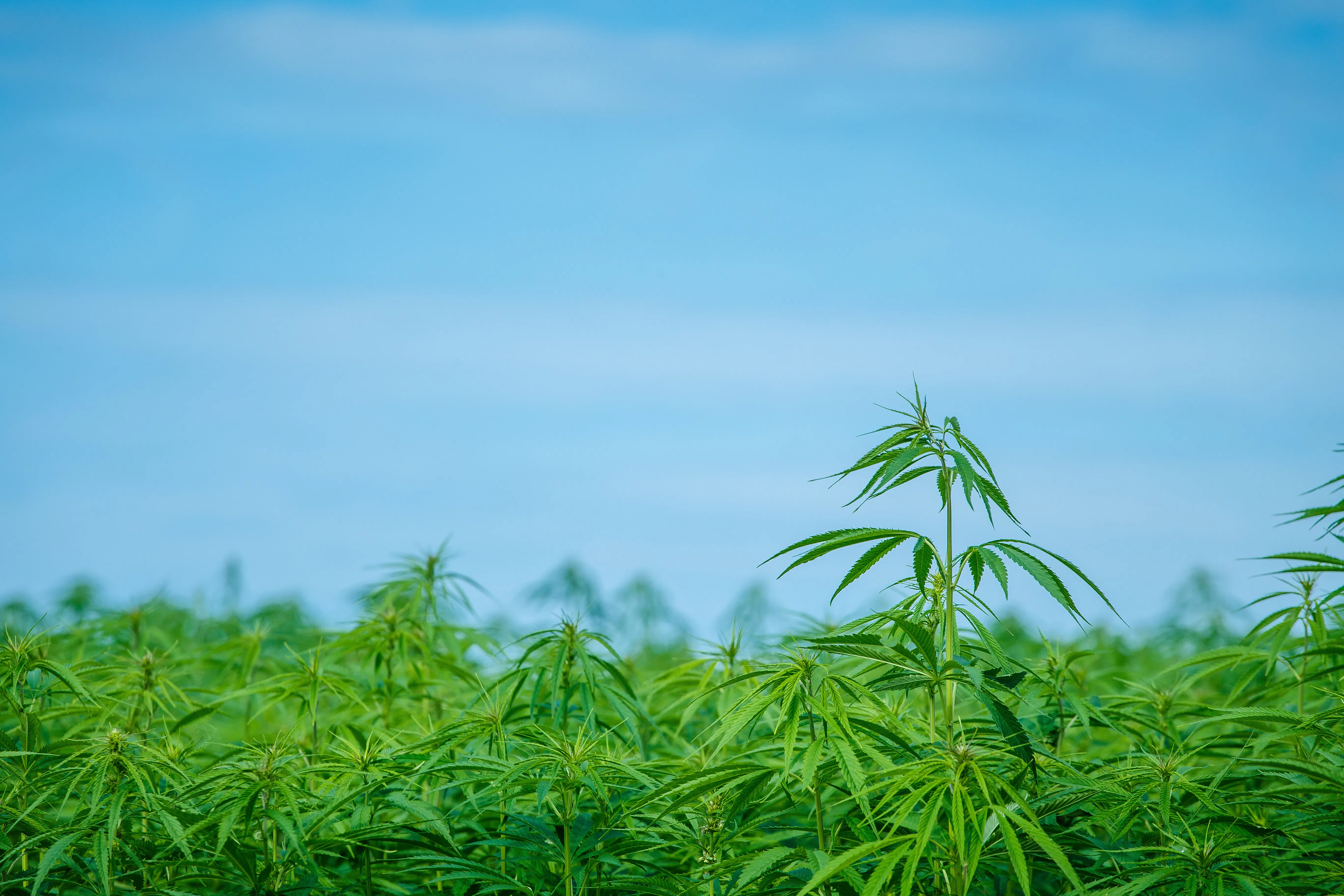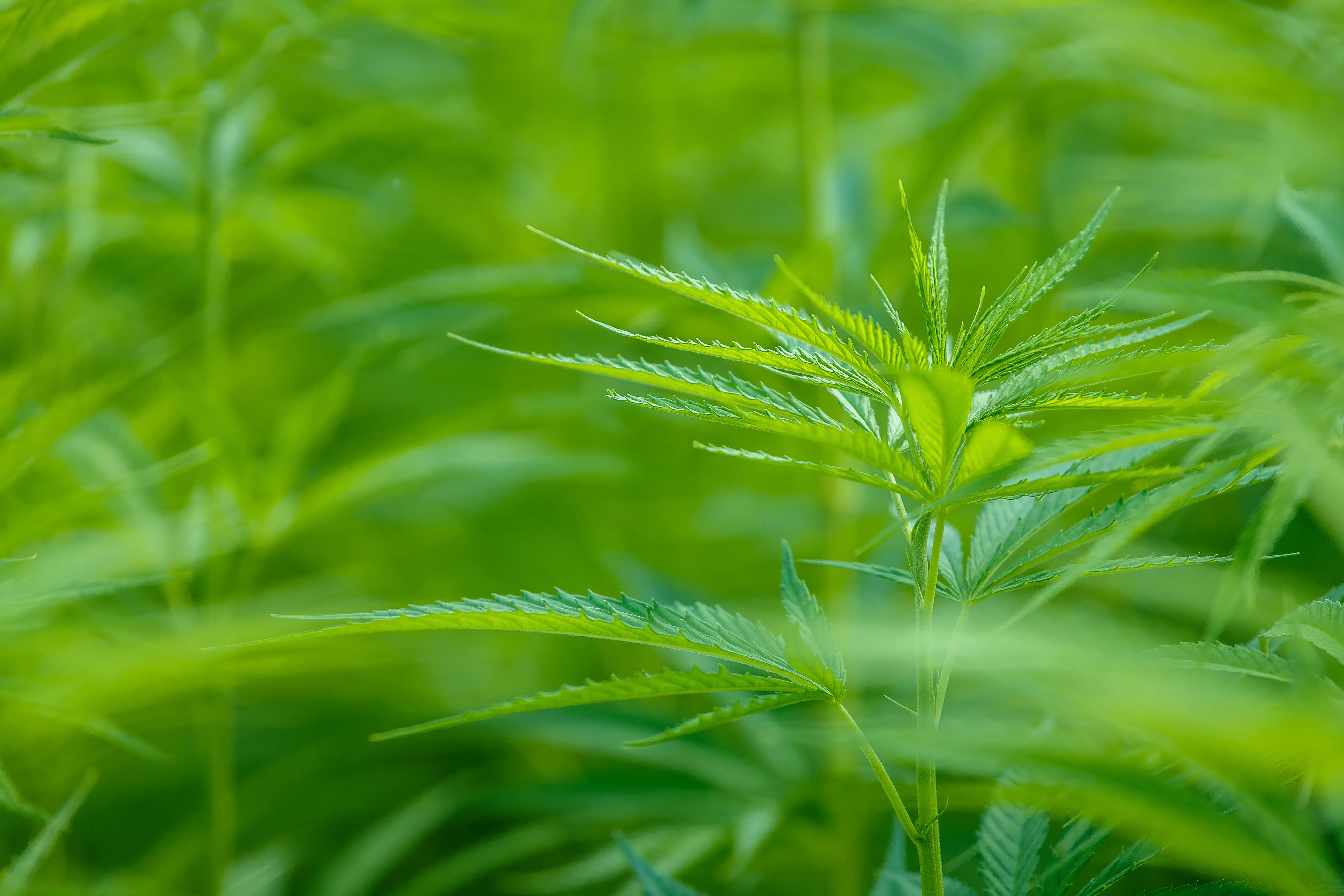Industrial Hemp – An Overview
The use of Cannabis as an industrial crop by humans is as old as the practice of agriculture itself, dating back almost 10,000 years. Originally it was cultivated for the fibres of the stalk in order to make fabrics for clothing or nets for hunting and fishing. The plant now has a diverse range of applications from construction and cosmetics to modern day uses such as 3D printing.


The hemp stalk is possibly the most well-known part of the hemp plant, as its fibres are commonly used in textile production. We have dedicated a separate article to it which you can find here. However, it is actually possible to use the whole plant for a range of products. In this part of our site we explain how the roots and flowers are used to make tinctures, extracts, perfumes and medicines.
Hemp seeds
Although Cannabis was one of the earliest crops cultivated by humans for fibre purposes, it would not be until 8000 years later (around 2000 BCE) that the nutritional benefits of the seed were discovered as a viable food source.
Consumption of Cannabis seeds has several references throughout ancient religions such as Hinduism and Buddhism, with tales of the Lord Shiva and Prince Siddhartha both proclaiming its benefits.
Hemp paper
It would be around the same time period (2147-2041 BCE) that paper making technology was discovered in China. Due to its already dominant use for clothing fabric, some old hemp rags were used in combination with mulberry and other plants to create the first pulp to be dried and cut into a sheet of paper.
The use of Cannabis for paper was so dominant that several significant paintings and even documents were created using paper made from Cannabis, such as the King James Bible and an early draft of the US Declaration of Independence.
Hemp flowers
Hemp flowers are resinous; the sticky trichomes aid in wind pollination of the species and protect the delicate vegetable matter from winged predators by trapping them or poisoning/intoxicating the bugs. While the resin glands do not intoxicate humans (due to less than 0.3% THC content in the flowers) the buds may be processed into pharmaceutical grade drugs by extracting the active cannabinoids. Recently a cannabinoid called CBG (Cannabigerol) was extracted from hemp flowers and will be processed into a drug that reduces blood pressure. Tinctures, elixirs, poultices, salves and crèmes have been produced from these flowering tops for thousands of years for a range of internal and external ailments. Many skin conditions may be treated with either hemp or Cannabis and plenty of products have been produced throughout the world combining the powerful medicinal properties of both substances.
Endless possibilities
Although prohibition has, over the past few decades, caused a downsize in human usage of industrial hemp, recent trends to increase sustainability within society have sparked a resurgence of industrial hemp all over the globe.
The use of cannabis to create buildings and homes with a negative carbon footprint can also help to lower energy cost throughout the year with improved thermal performance compared to standard brick and concrete. Additionally, we can now manufacture plastics such as door panels, plant pots, tables and chairs or even an airplane body with plastic made out of cellulose from the plant.
To this we can also add the role Cannabis can play in helping us deal with environmental issues, which you read more about in our Hemp and the environment article.
Did you like this article?
Please consider donating to us, so we can create more content like this.
Frequently asked questions
What is the difference between Cannabis and Hemp?
Both are part of the Cannabis Sativa L. genus. The difference lies in the presence of the psychoactive substance tetrahydrocannabinol (THC). Industrial cannabis, otherwise known as hemp, includes plants containing up to 0.3% THC in the leaves and flowering heads.
Can I get high from smoking hemp?
No. Industry regulations prevent any industrial hemp variety from containing more than 0.3% of THC, the psychoactive compound in Cannabis. This means that hemp does not contain enough THC to get you high.
What can Hemp be used for?
Industrial applications of hemp are endless. Current application span from construction materials, clothing, foods, nutraceuticals and animal care to name a few.
